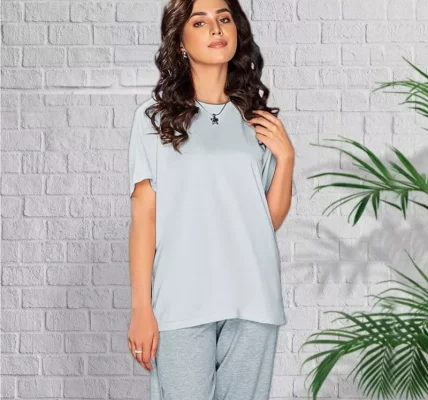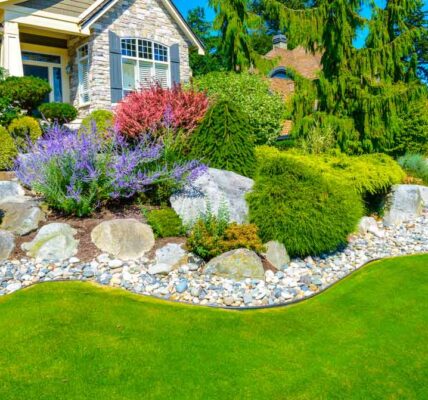Introduction
When you’re shopping for patio furniture and accessories, it can be tempting to go for the cheapest option. But cheap isn’t always better! There are many factors that affect the appearance of your yard, including lighting and color selection – so don’t just go with whatever looks good at the store. Instead, consider these tips when putting together your collection:
Keep it simple.
Keep it simple, but not too simple. Overdoing it is not a good idea. You don’t want to make your landscape look like a boring desert or an overgrown jungle—the goal is to create a feeling of beauty, not just any old landscape that happens to look good from one angle (or from some random photo).
Also avoid becoming overly obsessed with keeping things “natural”. Plants and trees are living things; they grow in unpredictable ways and require careful maintenance if you want them to stay healthy and beautiful for years on end. If you’re afraid of doing anything too drastic (like planting flowers), then consider adding some colorful accents instead! There are so many options out there today: gravel paths leading up towards the house? Or maybe fake grass? How about some stone steps leading down from where we sit at dinner each night? The possibilities are endless!
Think landscape design with a balance of shape, color and texture.
When it comes to landscaping, the most important thing is to think about design with a balance of shape and color. While you may be able to create a nice garden by using only one or the other element—a bed filled with plants or an area planted in grass—you’ll find that they don’t work together as well as they could. That’s why I recommend using both at once!
Color can help make an area feel welcoming or inspiring; shape gives it structure and helps define boundaries; texture adds depth so that we see all sides of what’s going on around us (which makes sense because nature doesn’t give us all sides).
Consider the space around your outdoor living space.
Consider the space around your outdoor living space.
Landscape design is about balance, and that means thinking of how you want to use your yard as well as how it will look from the street. If you’re building a new home or updating an existing one, consider what plants are best suited for different spaces and regions. For instance, if you live in Southern California where it can get very hot in summertime then think about selecting drought-tolerant plants like succulents so that they can survive without much water during dry periods such as May through August when temperatures exceed 100 degrees Fahrenheit (38 Celsius).
Select plants that have high drought tolerance and that will complement your existing landscaping.
When planning your landscape, it’s important to select plants that have high drought tolerance. Planting them will make sure they can withstand dry conditions and other adverse weather conditions.
It’s also important to choose plants that are well-adapted to the average weather conditions in your area. The best way for you to do this is by looking at maps or online tools like [Earth Science].
Plants that are well-suited for the environment around them will help create a beautiful natural habitat for birds and animals alike!
Use plants that thrive in a location or style that you want to create.
When you’re designing your landscape and are trying to decide on plants, it’s important to select plants that thrive in a location or style that you want to create. If you have room for only one shrub each of two different types of shrubs, but one type is better suited for shade and the other more suitable for full sun exposure then use them both! It would be silly not to take advantage of such opportunities (and save money).
Select plants that are well-adapted to the average weather conditions in your area.
Select plants that are well-adapted to the average weather conditions in your area. There are many factors involved in selecting a plant, including:
- The type of soil you have (sand, clay, etc.)
- The temperature where you live.
- The amount of sunlight each day (the more sun a plant gets, the better).
Plant them in groups or clusters with low growth points for visual interest. Take note of the seasonal changes – for example, don’t select spring bulbs if you’re planning on buying winter-flowering bulbs next spring!
- Select plants that are well-adapted to the average weather conditions in your area.
- Plant them in groups or clusters with low growth points for visual interest. Take note of the seasonal changes – for example, don’t select spring bulbs if you’re planning on buying winter-flowering bulbs next spring!
Make sure to consider these factors when putting together your collection of patio furniture and accessories, too! If they’re not well suited to the environment, they won’t look good where they’re being used!
- Consider the weather. While you may be tempted to buy patio furniture that looks great in the summer and then leave it outside all year, this can cause problems. If it gets beat up by rain or snow, you’ll want to replace it before it becomes unusable.
- Consider the season. The same goes for choosing a style that works for both winter and summer—you don’t want them looking out of place when they’re not being used!
- Consider location: Is there space? What about light? Make sure that whatever type of furniture fit into your yard will will look good where they’re placed (and don’t forget about shade!).
- Think about budget: Some people choose to spend more money because their tastes are higher than average when it comes down choosing what kind of tablecloth goes on top; others may opt for cheaper alternatives since these aren’t as important as other things like chairs/stools etcetera.”
This information can help you improve the appearance of your yard without breaking the bank
You’ve probably heard that landscaping is an important part of your home’s curb appeal. But what does “curb appeal” mean? It’s the first thing people notice about your place, so it’s important to make sure it looks nice.
If you’re having trouble deciding what plants to put in your yard, there are some things to keep in mind:
- The best plants for any area are those that are well adapted to their environment, meaning they’ll be able to survive and thrive under the conditions there. For example, if you live in Florida where it gets hot during summer months (June through September), then don’t plant palm trees! Instead try something like pine trees or cacti because these types of vegetation will thrive even when temperatures rise above 100 degrees Fahrenheit!
- Another thing worth considering when choosing landscaping plants for your yard is how much space each type takes up—you don’t want too many shrubs cluttering up all available room between buildings or walls; however at the same time too few will leave empty spaces without anything else growing around them either private living areas like kitchens and bathrooms etc…
Conclusion
There you have it! You now have all of the information you need to make a smart decision about your outdoor space. This is especially important if you’re planning on adding new plants or furniture, as well as doing any maintenance on your existing foliage. We hope this article was helpful for those of you who want to improve their yards at home or work!





